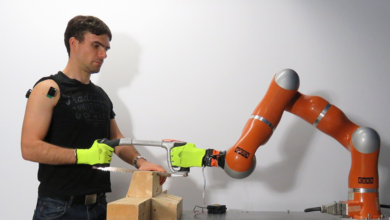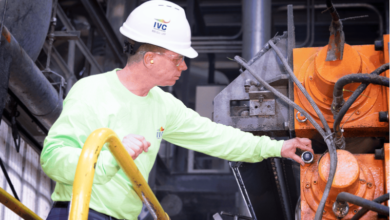Energy Attribute Certificates Explained: Key to Carbon-Free Energy (CFE)

Energy Attribute Certificates (EACs) have emerged as key players in driving global transition to sustainable energy, acting as essential tools in accelerating decarbonization efforts and encouraging investment in renewables. By verifying renewables’ generation and environmental attributes, these certificates enable organizations and individuals to claim their energy consumption is carbon-free. As global efforts shift toward carbon-free energy (CFE), EACs have become essential tools in increasing transparency, driving investment in renewables and speeding decarbonization processes.
How EACs Work?
Energy Attribute Certificates represent the environmental attributes of one megawatt-hour (MWh) of renewable electricity produced. By distinguishing its green attributes from physical delivery, EACs enable consumers to match their energy use with renewable sources regardless of location. Markets also trade EACs providing renewable projects with another revenue stream and encouraging widespread adoption.
The Role of EACs in 24/7 Carbon-Free Energy (CFE)
CFE uses hourly matching between electricity consumption and renewable generation to ensure carbon-free operations. Unlike traditional renewable energy sourcing which often relies on annual or monthly matching, CFE gives companies greater insight into energy use by providing hourly timestamped EACs that demonstrate commitment to truly carbon-free operations.
Google, Microsoft and Iron Mountain have taken the initiative of hourly matching. Their goal is to purchase clean energy produced on their local grid, drastically decreasing their carbon footprint.
Advantages of EACs in Achieving CFE
- Enhanced Sustainability Efforts: Hourly EACs enable companies to optimize their energy procurement strategies, maximizing their sustainability impact.
- Decarbonizing Electricity Systems: The demand for granular EACs creates incentives for investment in renewable energy and energy storage technologies.
- Price Stability and Risk Management: PPAs tied to EACs reduce price volatility in energy markets, while their timely reporting boosts corporate transparency and accountability.
- Improved Carbon Accounting: Timestamped EACs ensure accurate reporting, bolstering corporate transparency and accountability.
- Grid Modernization: The push for hourly matching fosters innovation in grid management, encouraging digitalization and more efficient energy systems.
Implementing Hourly Matching with EACs
Hourly matching must become mainstream energy procurement practices through sound regulations and technological innovations. For instance, the EU’s Renewable Energy Directive (RED) includes measures to encourage hourly matching. By 2030, grid-connected electrolysers will need to match their electricity consumption with renewable energy produced within an hour for precise energy accounting purposes.
Granular data tracking is essential to support hourly matching. This includes:
- Consumption Data: Sourced from meters and provided through APIs for transparency.
- Generation Data: Shared by producers to verify compliance.
- Reporting Standards: Adopting frameworks like the EnergyTag Standard to certify hourly EACs.
Innovative Agreements Supporting Hourly Matching
- 24/7 Attribute Purchase Agreements: These agreements provide unbundled, hourly timestamped EACs.
- 24/7 Power Purchase Agreements (PPAs): Suppliers use multiple renewable assets to match hourly consumption profiles.
- 24/7 Energy Supply Agreements: Retail providers track and match buyer consumption with hourly EACs from the grid.
Contracts like these can also include demand-side resources like load shaping and energy storage to enhance the alignment between renewable generation and consumption of energy.
Challenges and Opportunities
EACs face challenges like market complexity, data granularity and regulatory disparity; yet these obstacles present opportunities to innovate and standardize practices. Implementing hourly CFE guarantees can ensure consistent delivery and performance, while mechanisms like contractual guarantees, pricing incentives or regular performance reviews foster collaboration between suppliers and buyers.
Conclusion
Energy Attribute Certificates (EACs) are integral in creating a carbon-free energy future. From hourly matching and encouraging investment in renewable technologies to helping drive global change toward sustainability energy systems, EACs play a crucial role in driving this transition and will remain pivotal as regulations and technologies progress, helping make 24/7 Carbon Free Energy possible.




